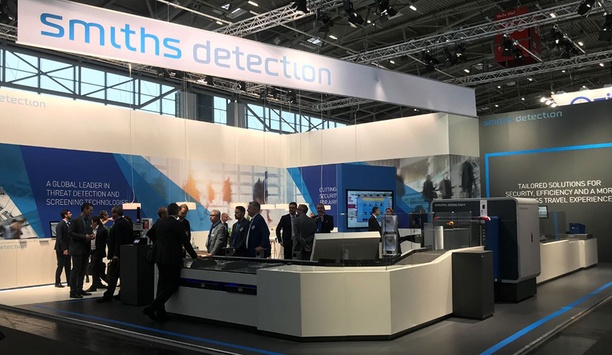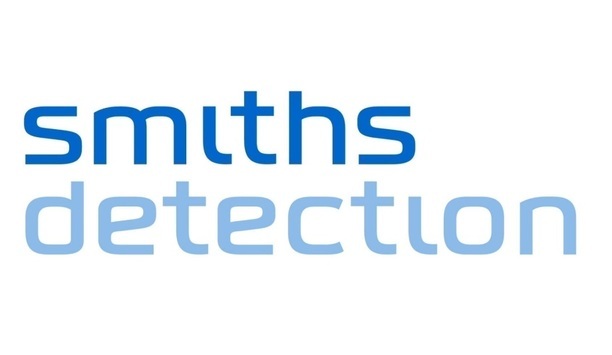Richard Thompson

Richard Thompson
Global Market Director Aviation, Smiths DetectionRichard joined Smiths Detection in June 2016 in the role of Market Head UK, Ireland and Israel, responsible for sales, service and programsacross the region. In September 2019, he took over the position of Global Market Director Aviation, leading on Smith Detection’s aviation strategy, not only in terms of complying with security regulations, but driving operational efficiency and improving customer experience in this rapidly expanding sector.
News mentions
Technology is expanding passenger screening functions and other capabilities at airport security checkpoints. For example, Smiths Detection is exploring the concept of a security checkpoint that integ...
Global threat detection and security technologies company, Smiths Detection is showcasing for the first time an integrated checkpoint solution at inter airport Europe 2019, which harnesses biometric t...



































